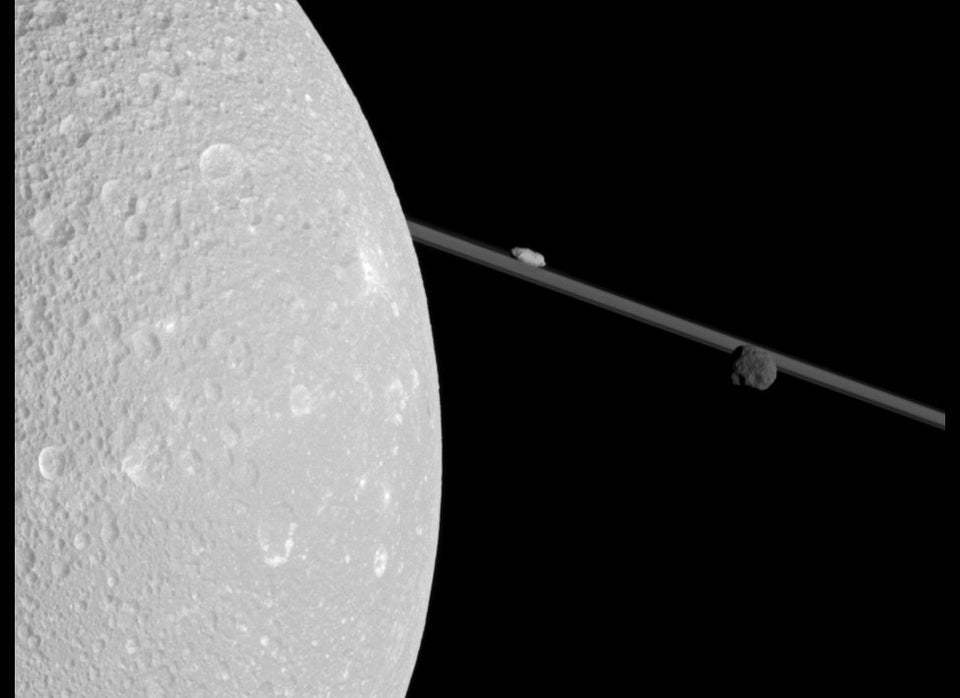We already know a lot about our solar system. It's nearly 4.6 billion years old, and consists of eight planets and five known dwarf planets, for starters.
But did you know that our solar system may have once been home to a long-lost ninth planet? Were you aware that, in the future, Mars could have Saturn-like rings? Those are just a few of the many exciting discoveries scientists made about our solar system this year. Scroll down for eight of our favorites.
1. There are blue skies and red ice on the dwarf planet Pluto.
Ever since NASA's New Horizons spacecraft soared just 7,750 miles near Pluto in July -- marking the closest ever approach to the dwarf planet -- it has been beaming back to Earth new data and images of the distant world. So far, we've learned that the dwarf planet has blue skies and crimson-colored patches of water ice, includes craters and mountains on its surface, and houses ice-spewing volcanoes.

2. We learned a lot about the history and future of Mars.
Scientists have long known that Mars was once incredibly Earth-like and may have been home to massive lakes and streams. However, billions of years ago, solar wind likely stripped away the red planet's atmosphere, leading to the disappearance of its water, NASA researchers revealed in a press conference in November.
And while Mars was similar to Earth in its past, it may look more like Saturn in its future. A new study suggests that planetary rings may develop around the red planet 20 million to 40 million years from now.
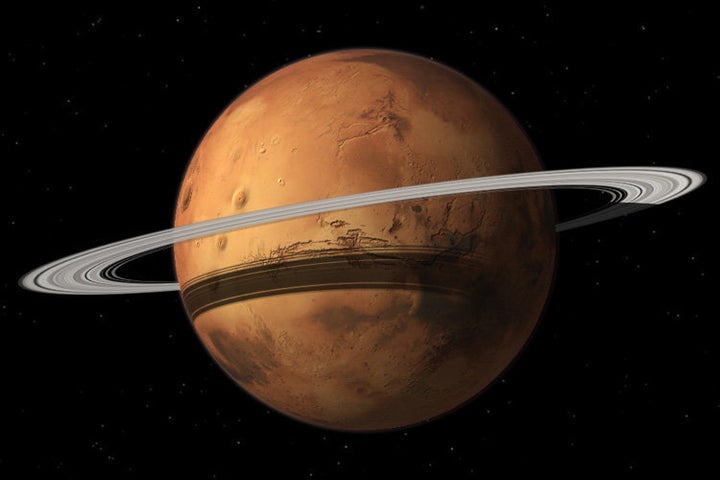
3. Our solar system has a missing planet.
That's right. Our solar system may have been home to a mysterious world very similar to the four "giant" planets of Jupiter, Saturn, Uranus and Neptune some 4 billion years ago, researchers revealed in August.
Whatever happened to that planet? A study published in November suggests that a collision with Jupiter, the largest planet in our solar system, likely ejected the long-lost planet out of our solar system.
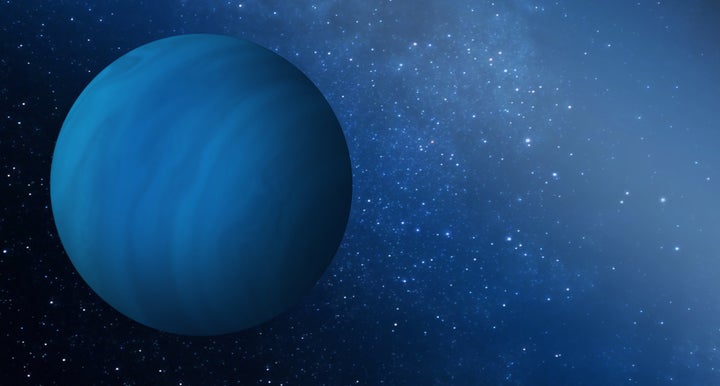
4. We spotted the most distant object in our solar system.
There may be a dwarf planet about half the size of Pluto lurking some 9.5 billion miles from the sun, making it the most distant object in the solar system discovered so far. Astronomers announced in November that they spotted what they believe to be the planetoid, dubbed V774104.
5. One of Saturn's moons has a global, sprawling ocean.
Scientists had previously suspected that Saturn's moon Enceladus had a body of water hidden under its icy crust, but in September NASA researchers revealed just how large that body of water may be. The researchers now believe that it expands across the entire moon.
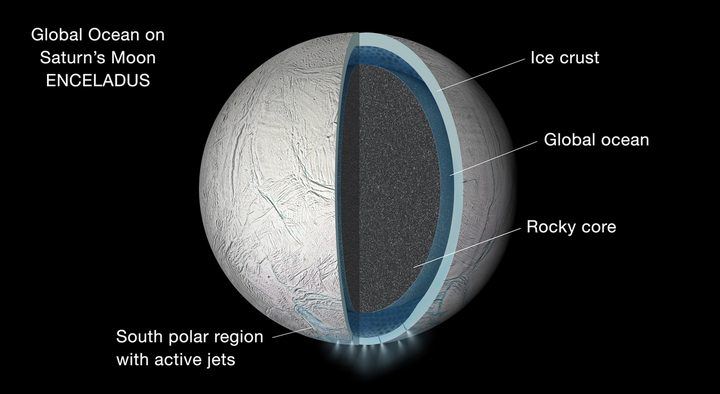
6. Bright spots on Ceres actually could be just salt.
Strange bright spots were seen in images of the dwarf planet Ceres taken by NASA's unmanned Dawn spacecraft earlier this year. In fact, there are more than 130 bright spots that could be seen at the locations of impact craters.
What are the spots? That mystery was finally solved this month when scientists confirmed that the spots are probably just made of salt on Ceres' surface.
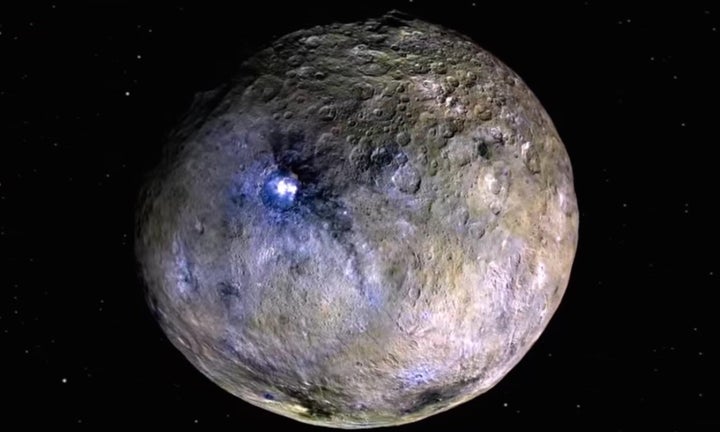
7. Saturn's outer ring is much more massive than we thought.
It turns out that the outer ring of Saturn is around 30 percent bigger than previously thought. In fact, according to a study published in June, the ring covers an area of the sky that's 7,000 times larger than Saturn itself.
8. More planets may be hiding out at the edge of our solar system.
Two unknown planets larger than Earth may be lurking at the edge of our solar system. That's according to a team of British and Spanish astronomers who based their theory on calculations of our solar system, and published their research in January.
Also on HuffPost:

